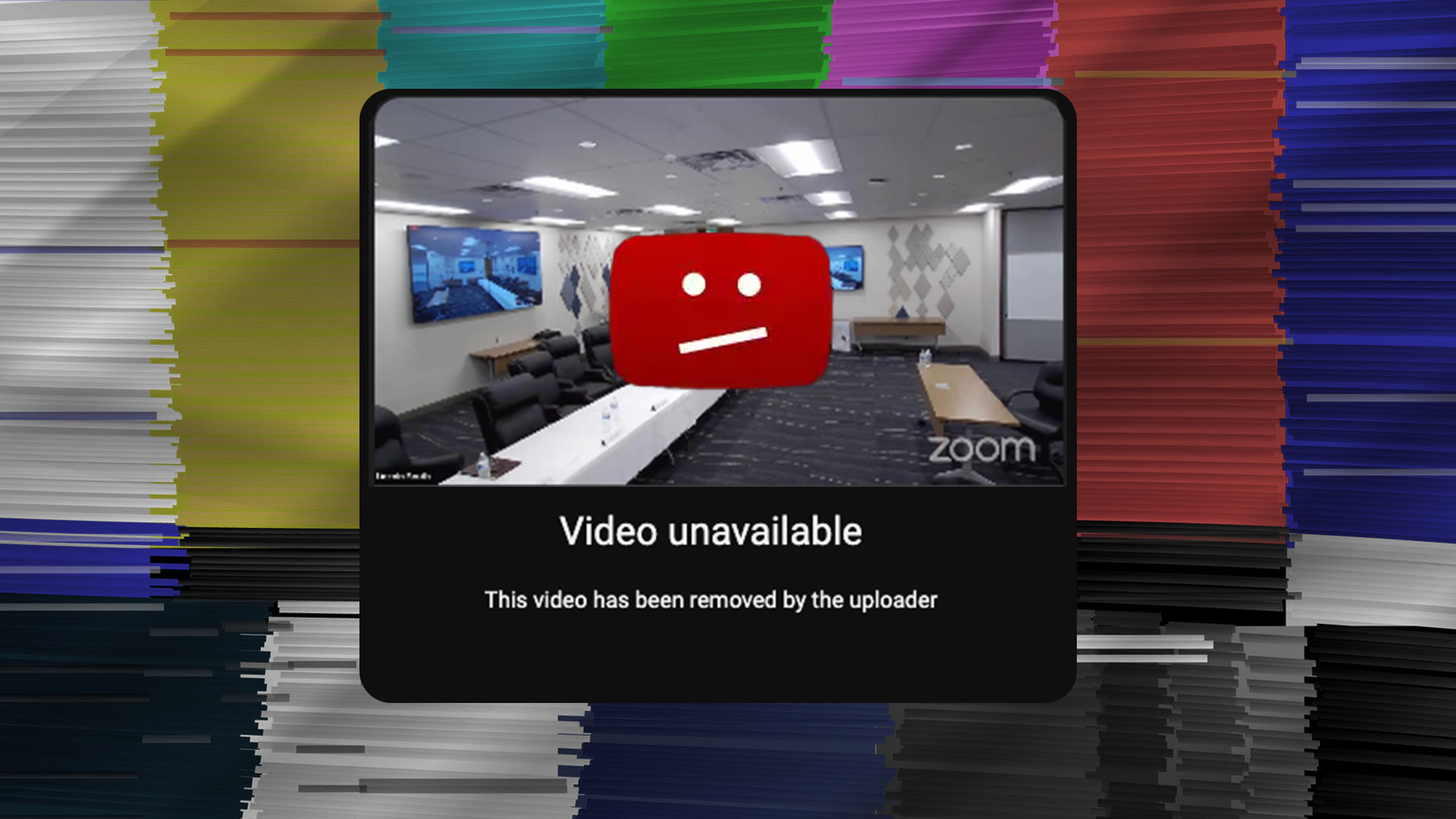With a statewide stay-at-home order issued in Idaho, local government facilities have transformed into ghost towns. Staff are working from home and buildings are closed to the public. We now live in a world where people keep their distance — including elected officials.
However, we need not sacrifice our ability to interact with elected officials during this time of social distancing. Now, more than ever, we need local governments to record their public meetings, but we have a scattered array of accessibility across the state.
Large taxing districts, like the city of Boise, already broadcast their meetings over the internet, and are continuing to do so. However, some smaller districts have not yet made the transition to broadcasting their meetings, and are instead postponing them or continuing to hold them in-person.
In some districts, public pressure was mounting even before the COVID-19 pandemic struck Idaho to set up recorded meetings. For example, residents of Lincoln County used public pressure in early March to convince their county commissioners, who had recently voted to ban recordings of their meetings, to reverse that decision.
The COVID-19 pandemic has sparked the necessity for government meetings to be readily accessible, remotely. Given existing technology, this overlooked need for greater transparency can be fulfilled easily and inexpensively. The following three changes to the conduct of public interactions can quickly be adopted by local governments so that even the smallest of taxing districts can continue to offer public meetings:
- Use the quickest and most trustworthy means possible to convert to broadcasted meetings. Many low-cost or no-cost options exist for broadcasting public meetings. For example, meetings can be live streamed through Facebook or conducted using video conferencing software like the Zoom conferencing system used by Power County and Bonners Ferry. The aforementioned options allow elected officials to broadcast from their isolation site of choice, instead of assembling in one room.
- Allow remote testimony. The key points to keeping public meetings public are twofold: allow public attendance and public involvement. Allowing remote testimony preserves resident participation in public hearings.
- Produce thorough agenda and minutes packets. The city of Boise does a commendable job allowing the public access to agenda packets before meetings, and minutes packets after. This access allows residents to educate themselves with the same materials that elected officials have access to.
Local governments should take this COVID-19 pandemic as an opportunity to put the “public” back into public meetings, electronically. Though increased government transparency has never needed an emergency declaration to be justified.

